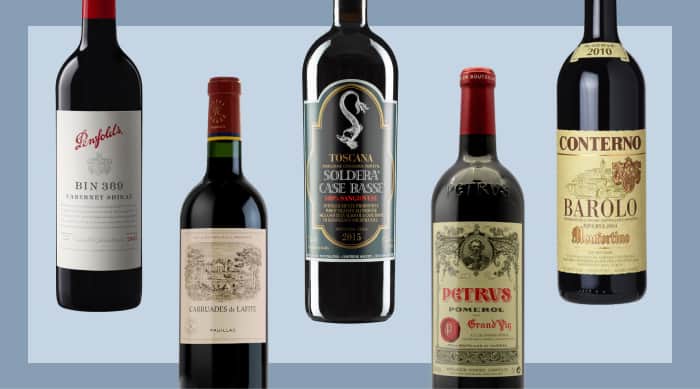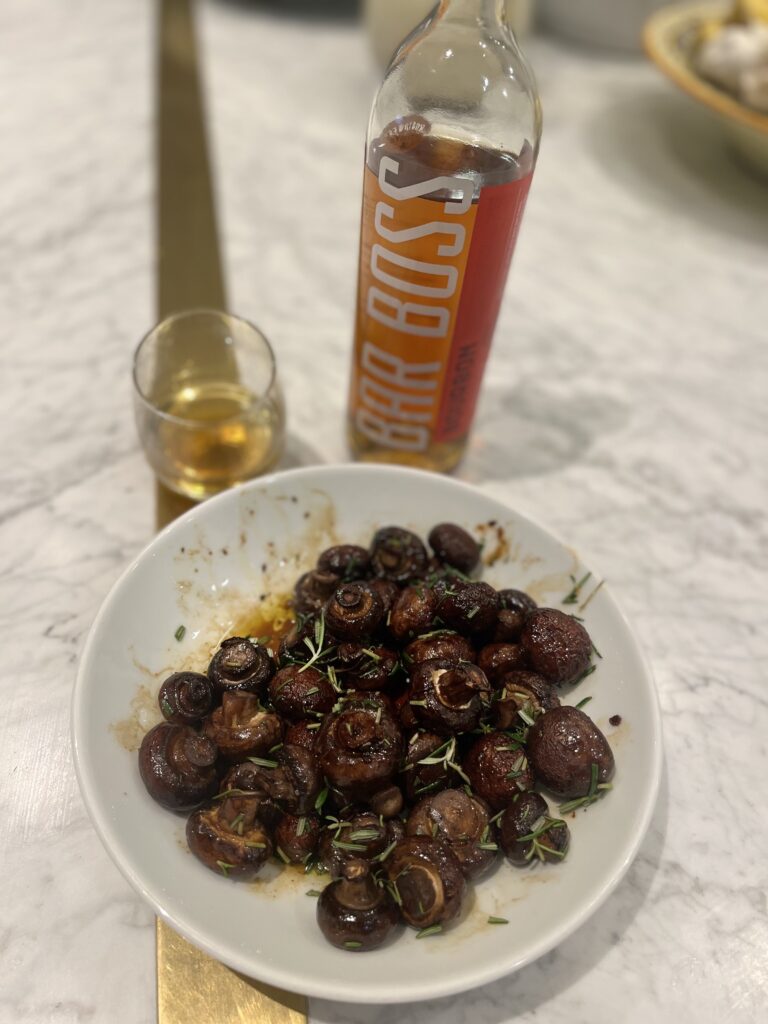

Although once associated with mass production, the region has recently undergone a transformation to become firmly established on the map of France wine regions.Ĭorsica is an island in the Mediterranean under French rule, although its closeness to Tuscany suggests Italian origins that are apparent in its wines. Languedoc -Roussillon is arguably the most underrated wine region in France, especially since it accounts for more than a third of the country’s entire wine output. The Alsace wine route is one of the oldest and most picturesque trails enjoyed by wine travelers. Wine has been made here for over 2,600 years, making it the oldest destination on the French wine region's map – and it is the only region that dedicates almost all of its production to rose.Īlsace, nestled in the foothills of the Rhine valley beneath the Vosges mountains, is a region steeped in Germanic tradition that produces primarily dry and fruity white wines including Riesling, Sylvaner and Gewurztraminer. Provence is located on the Mediterranean coast at the southern end of the Rhone Valley. Most wines from here are generally Mediterranean blends using classic southern grapes including Viognier, Syrah, and Grenache. White wines dominate the area from dry Chenin Blanc wines to tangy Sauvignon Blancs and light Muscadets.Ĭôtes du Rhône is one of those wine regions that is arguably more renowned for the extent of its production than the quality of its wines, although it is home to the highly regarded Châteauneuf-du-Pape appellation.

The Loire Valley offers some of the most scenic vineyards found anywhere on a map of France wine regions, some accompanying the grounds of majestic castles.

The finest wines from the Côte d'Or are among the most prestigious, and expensive, in the world.Ĭhampagne, which is situated close to Belgium and Luxembourg, is the most northern and coldest of the French wine regions, which together with chalky soils provide the ideal circumstances for creating its eponymous sparkling wine that now goes hand in hand with celebrations around the world. Unlike others on the French wine region map, Burgundy places its greatest emphasis on ‘terroir’ in the production of two main grape varieties – Chardonnay for white wines, and Pinot Noir for the reds. The wines made here are typically blends using Cabernet Sauvignon, Merlot and sometimes Cabernet Franc.īurgundy, or ‘Bourgogne’, in the east is a region where red and white wines share equal prominence. This region primarily produces red wines from world-renowned chateaux in the Medoc sub-region, Saint-Emilion and Pomerol. In essence, French wines are more than just a beverage they are a journey through history, culture, and craftsmanship.Bordeaux on the Atlantic coast is among the most famous of wines. This delicate balance between tradition and modernity ensures that each bottle reflects the passion, dedication, and artistry of its makers. The meticulous art of winemaking in France is passed down through generations, preserving age-old techniques while embracing innovations. In contrast, the sun-kissed vineyards of Languedoc-Roussillon yield wines that are fruitier and vibrant. Bordeaux, for instance, with its maritime climate, produces wines that have an unparalleled depth and complexity. The terroir, a French term which describes the specific environmental factors affecting the taste and flavor of the wine produced, is an integral part of the French wine narrative. Traversing through the lush valleys of Loire to the terraced hills of Côtes du Rhône, France offers a tapestry of diverse wine regions, each with its unique character and charm. French wines, with their rich heritage, have always stood as a testament to the country's deep-rooted winemaking traditions.


 0 kommentar(er)
0 kommentar(er)
